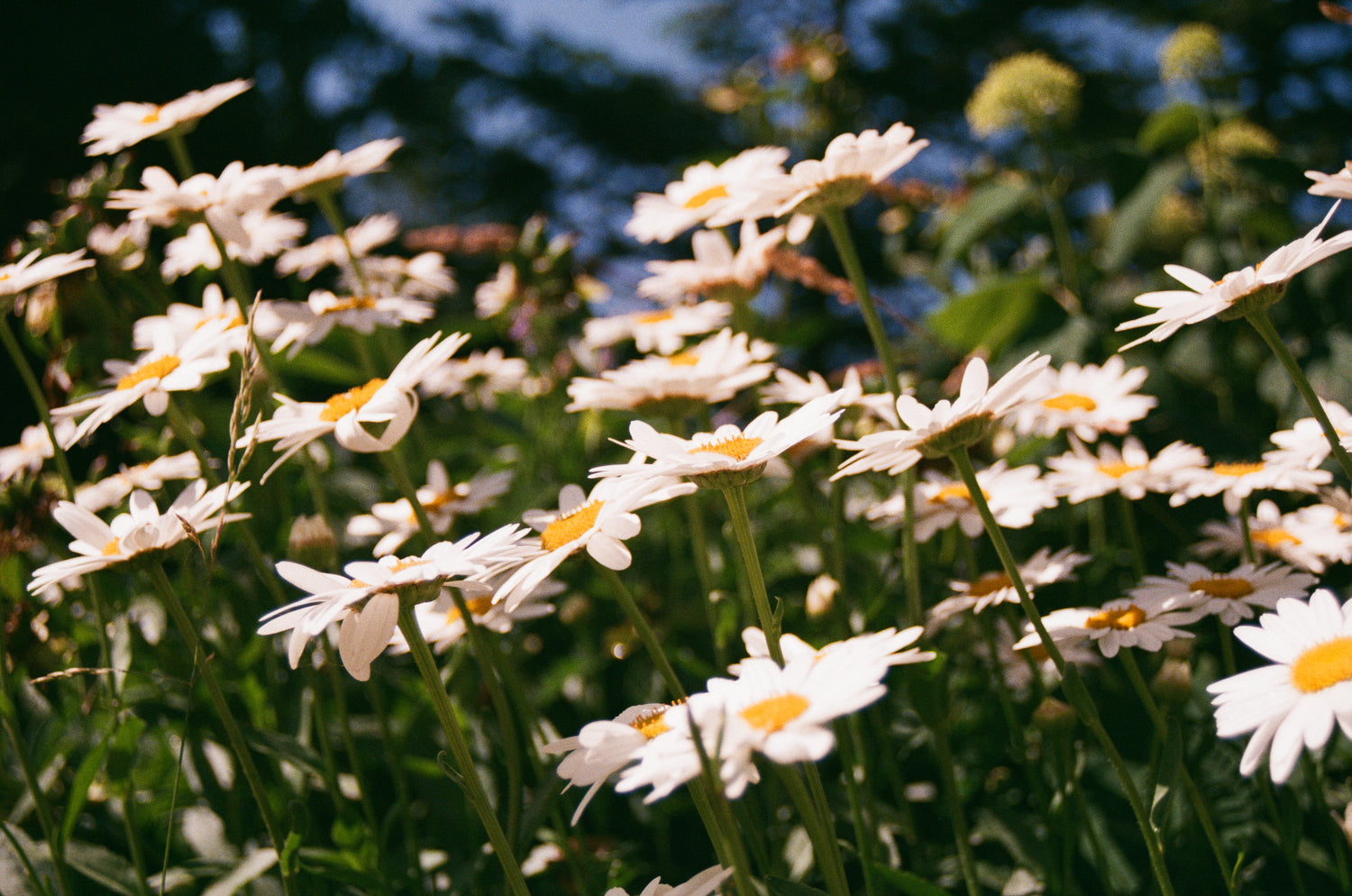
Back soon!
Our shop is having a makeover!
Until it's done, you can still contact us on Facebook or by email at info@zensens.ca .
This maintenance period allows us to ensure the quality of your shopping experience.
Thank you for your patience!
Subscribe to our mailing list to stay informed of the latest news!
